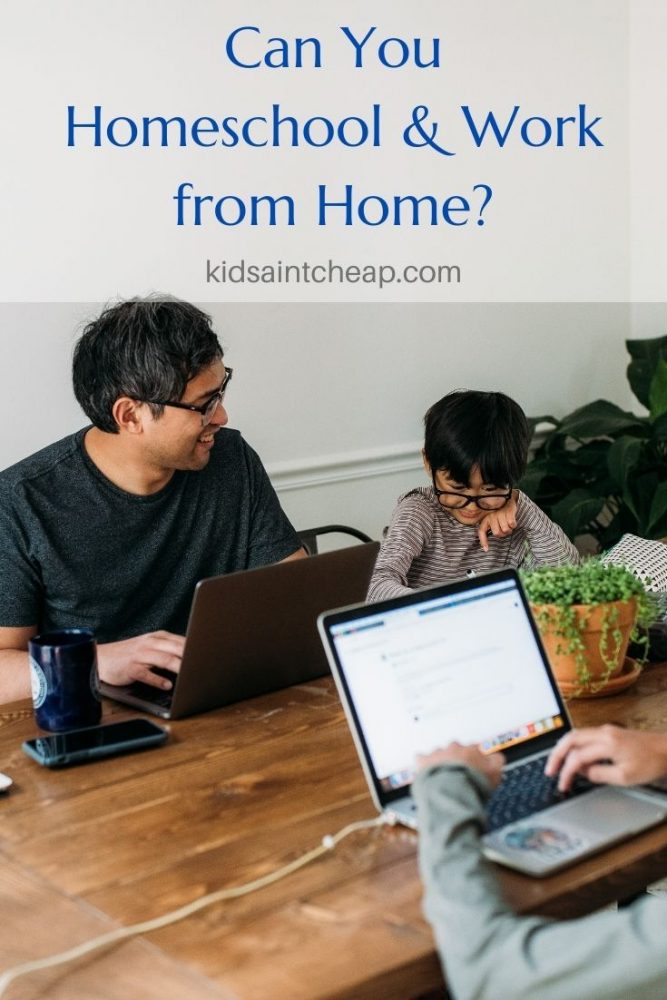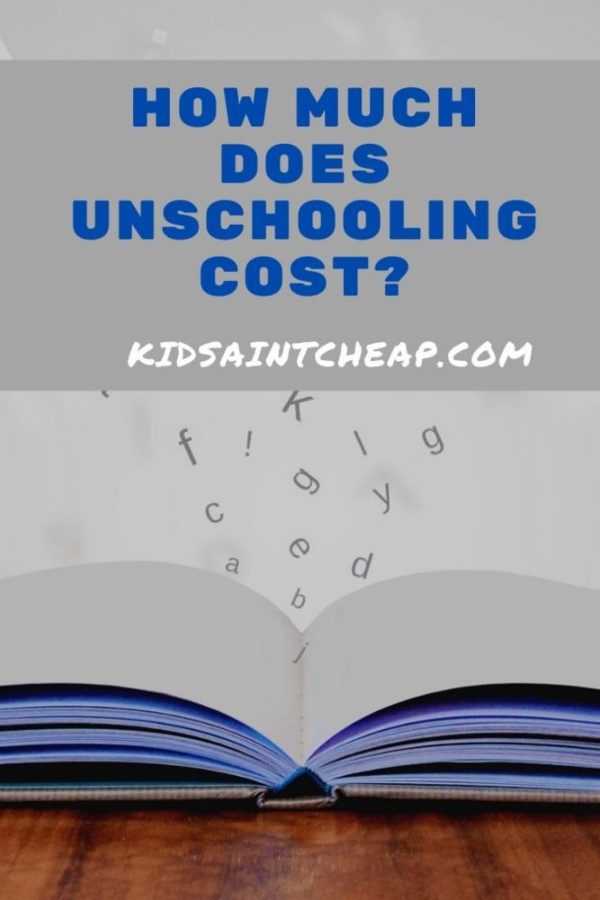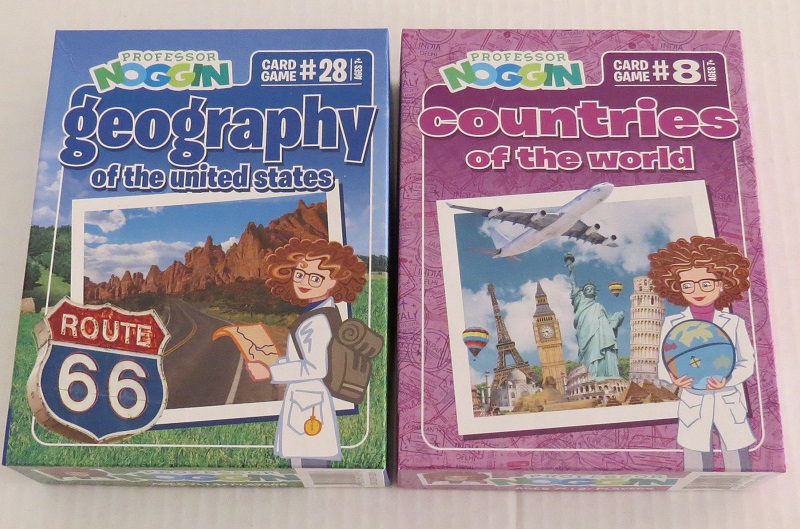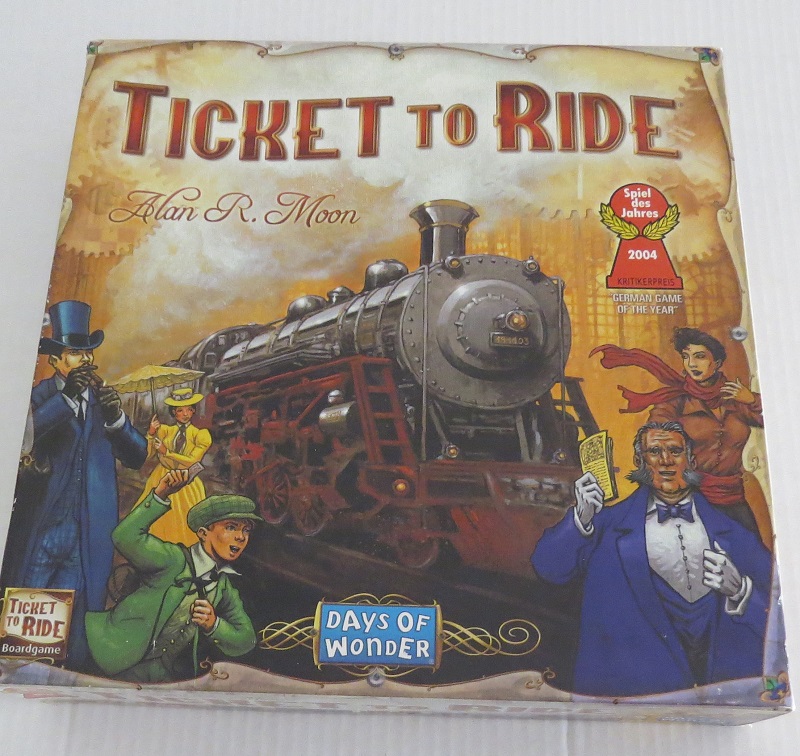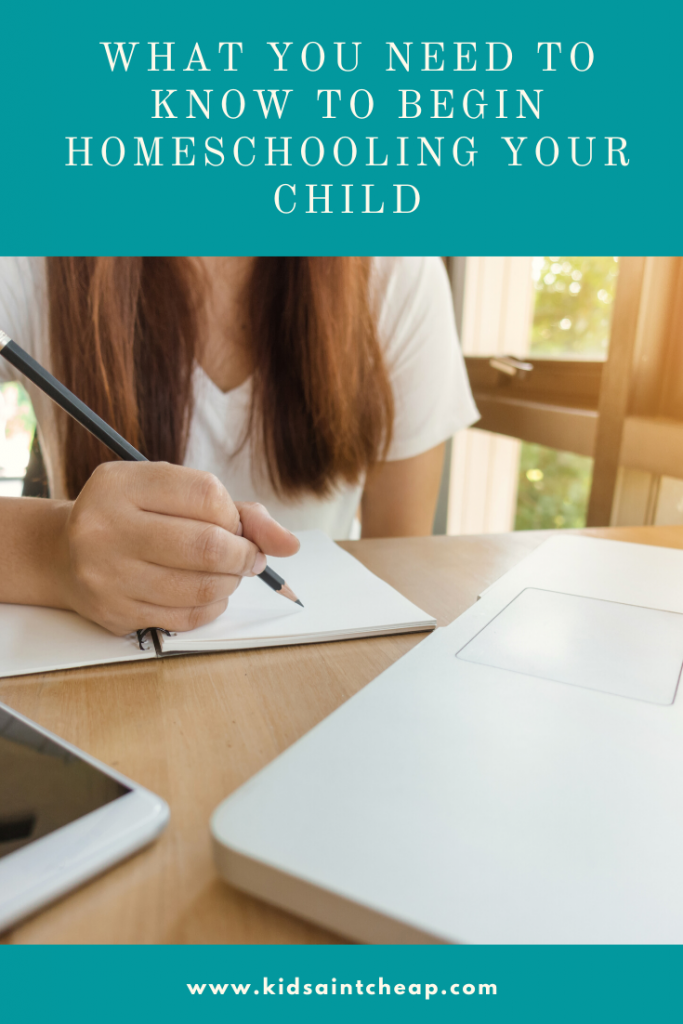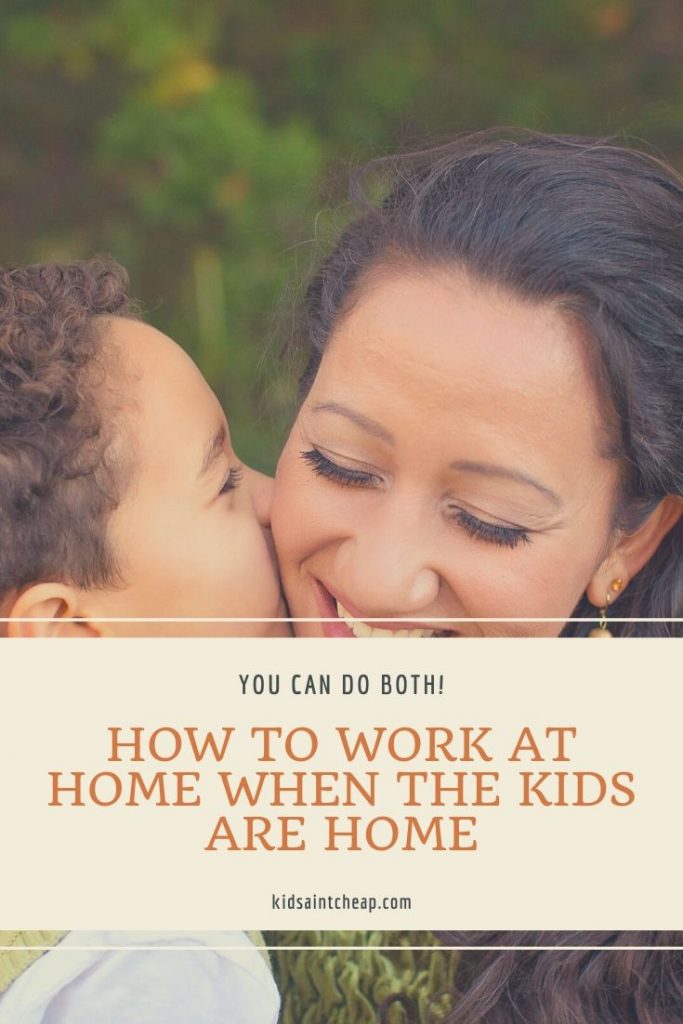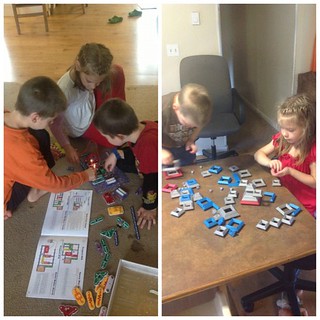While homeschooling had been steadily growing in popularity, that growth exploded during the pandemic. Two years into the pandemic, some of those families who started homeschooling in 2020 have sent their kids back to school. Yet, many of them found that they enjoyed homeschooling and continue to do so. However, can you homeschool and work from home?
How to Homeschool and Work from Home
With the rising prices of food, gas, and other necessary items, for many families, having one parent stay home to homeschool isn’t an option unless that parent can also work part-time from home. I’m happy to say that you can homeschool and work from home. I’ve been doing so for the last eight years.
Homeschooling and working from home require excellent time management skills and flexibility on your and your family’s part. I can’t say what will work best for every parent who homeschools and works from home, but these are the steps that make it possible for me to do so:
How to Find Time to Work from Home
The first step to successfully juggling homeschooling and working from home is determining when you can work.
Co-ordinate with Your Spouse
My husband’s cooperation is essential. He’s the primary breadwinner, but every weekend for the last eight years, he’s spent his time with the kids so I can complete my work uninterrupted. I work about 10 hours total on the weekend, so I still have time to spend with the family. However, I do the bulk of my work on Saturday and Sunday. If my husband wasn’t willing to spend weekend time with the kids, I wouldn’t be able to work and homeschool.
Get Up Early or Work Late
Another way I find pockets of time to work is to get up early. I typically wake up by 5 a.m., do an hour or so of my work, and then exercise for 45 minutes, all before the kids wake up. Keeping this routine allows me to get another five to seven hours of work done each week.
If you’re not an early riser, you can stay up late. One homeschooling, work-at-home mom I know starts her workday after the kids go to bed. She typically works from 10 p.m. to 2 a.m. every day.
Take Jobs with Flexible Deadlines
I find the best jobs for me to complete while working at home are ones that have flexible deadlines. I am a freelance writer, and I have assignments due on certain days of the week. However, I know the topics well in advance, and I can work on them anytime during the month as long as I get them done by the deadline. Having that flexibility is essential.
I know some work-at-home jobs require that you’re available during certain hours and have a quiet location to answer the phone. While that may work for some families, for my family, I wouldn’t be able to do that because my kids are rarely quiet!
Recognize Some Home Tasks Won’t Get Done
As a homeschooling, work-at-home parent, recognize that you can’t do it all. It’s just not possible. For instance, I think I do a fair job of homeschooling, working, and cooking meals at home for my family. The neatness of my home is a different story. Our house has a lived-in look and is not as tidy as I would like. Although it bothers me sometimes, I know that I can’t do it all. For this season of my life, my house will be messier. I can have a tidier home when the kids are grown, and I’m no longer homeschooling.
You’ll Have Less Time to Relax
If you both homeschool and work from home, your days will likely be tightly scheduled, especially if you have several kids. Understand that you might not have as much time to relax as you would like. I love to read, but I don’t get to as often as I want because of my homeschooling and work responsibilities.
How to Find Time to Homeschool
Once you figure out how to find time to work, you next need to find time to homeschool. Keep in mind, you don’t have to teach your kids from 8 a.m. to 3 p.m. Since your kids are the only students, you may find that you get more done in less time than a teacher at a brick-and-mortar school who has 30 students she has to manage.
Be Flexible with the Schedule
In addition, be flexible with the homeschool schedule. For instance, if you need to read aloud a book to your child as part of your lesson, you can do that at night when you read to the kids before bed. No one says you have to read it during the school day. Or you could get the book on audio and listen to it in the car while you drive to an appointment.
Have Teacher-Led Activities at Scheduled Times
If you thrive on a schedule, determine when you will work one-on-one with each child. For instance, I work with my middle child from 8 to 9:30 a.m. and my youngest child from 9:30 to 11 a.m. After that, I prep lunch, and the kids do independent work. If we have anything to finish up together, we do that in the early afternoon, and then we are done with school for the day.
Choose a Less Teacher-Intensive Curriculum
If you’re working more than 10 to 15 hours a week, you may want to choose a less teacher-intensive curriculum such as an online program. That will free you from some homeschool time and give you more time to work while your children complete their schoolwork for the day.
Final Thoughts
Trying to homeschool and work from home is not easy, but it is possible. If you need the money from a job or enjoy working, know that you can both homeschool and work from home if you are flexible and well-organized.
Read More
How to Work from Home When the Kids Are Home
Four Legitimate Work from Home Jobs for Moms
Get Some Extra Cash: 9 of the Best Ways to Make Money from Home
Melissa is a writer and virtual assistant. She earned her Master’s from Southern Illinois University, and her Bachelor’s in English from the University of Michigan. When she’s not working, you can find her homeschooling her kids, reading a good book, or cooking. She resides in Arizona where she dislikes the summer heat but loves the natural beauty of the area.
